There are very few bryophytes growing in the living collections of the Royal Botanic Garden, Edinburgh. What I mean by this is that there are very few bryophytes that we have carefully selected as wild plants, and have planted and nurtured as part of our curated collection, databased and in possession of accession numbers. On the other hand, there are lots and lots of different bryophytes growing here, having volunteered to become part of our living landscape. Given that part of the work that we are doing with visiting Synthesys researcher Dr Wolfgang Hofbauer is looking at ways to increase and promote the growing of mosses, and to better understand their place in the built environment, horticulturalist Gunnar Ovstebo and I started off Wolfgang’s visit with an excursion into the garden, to see what we already have.
We began behind the scenes in the Arabian Research House, where a light moss cover is used to help the establishment of some arid-land ferns.
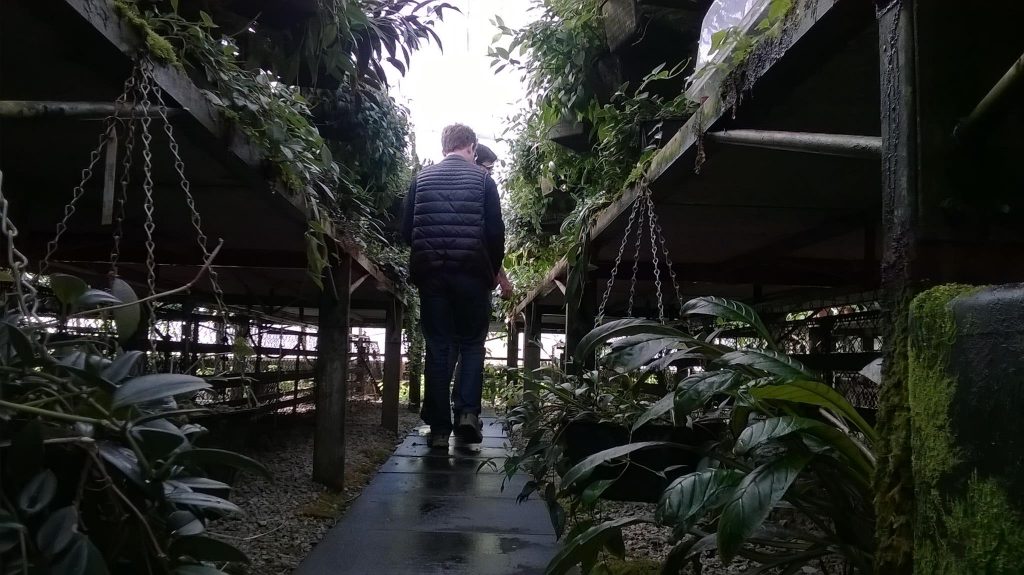
It’s bryophytes galore in the Gesneriaceae Research House, even over the plastic under-bench tanking
We also visited the Gesneriaceae and fern research collections, warm moist glasshouses that are incidentally filled with bryophytes. Some of these might be native to Scotland and have come in from the surrounding area; others could have come from around the world as we have made additions to our living collection.
Moving into one of our public display houses, some cool shaded crevices between the rocks of the Arid House provide habitats for algae, mosses and liverworts, which in turn provide germination sites for some of the larger plants like ferns and begonias. The Arid House is also home to three accessioned species of the complex thalloid genus Plagiochasma, which have established really well between some of the rocks.
The third place we visited is the new Alpine house, which has a tufa rock wall dotted with little rosette-forming plants. Mosses are also growing on the wall, but are not particularly welcome!
Venturing round the back of the new building, patches of moss are happily spreading in patches along damp cement-work between the bricks.
Behind-the-scenes again, in the Alpine Nursery, although the tunnels are remarkably bryophyte-free, hundreds of pots fill a series of cold frames, and in and amongst these, many moss volunteers thrive.
Having obtained an idea of what we currently have here, over the next few weeks we will be starting up some moss transplant and cultivation experiments, because although our volunteers are very much part of our garden landscape, as scientists and horticulturalists we also want to be able to grow and display particular selected species and accessions; these may then form part of our research collection or our education programme.
Links to reports on Moss diversity in an artificial landscape, an EU Synthesys Access project with Dr Wolfgang Hofbauer at RBGE:
- Building on building mosses, a return to Schistidium in the built environment http://stories.rbge.org.uk/archives/24310
- Volunteering at the Botanics – bryophytes in our living landscape http://stories.rbge.org.uk/archives/24333
- Campylopus introflexus, an invasive alien on the glasshouse roof http://stories.rbge.org.uk/archives/24359
- The trials and tribulations of a moss in the lab: DNA extraction http://stories.rbge.org.uk/archives/24399

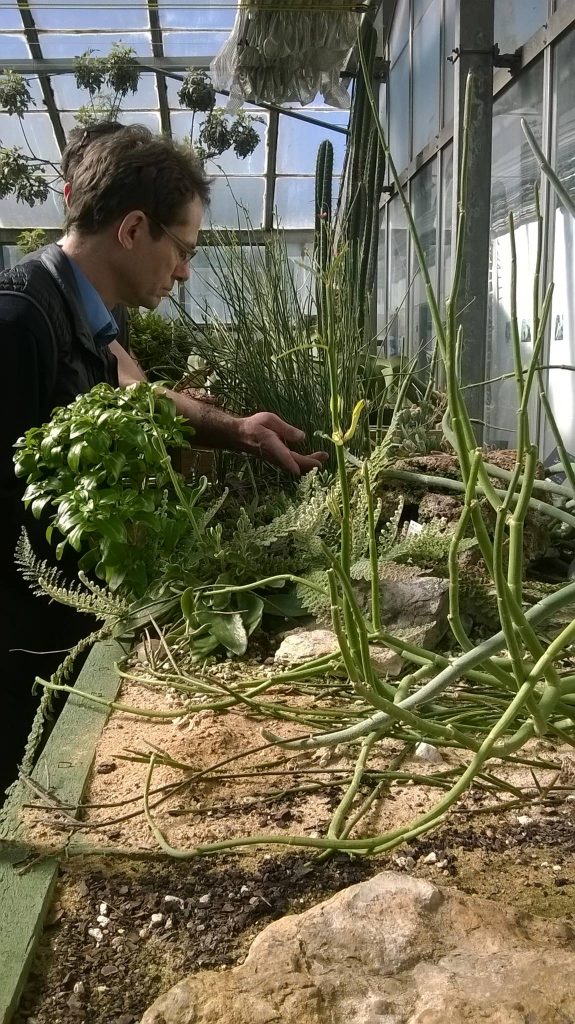
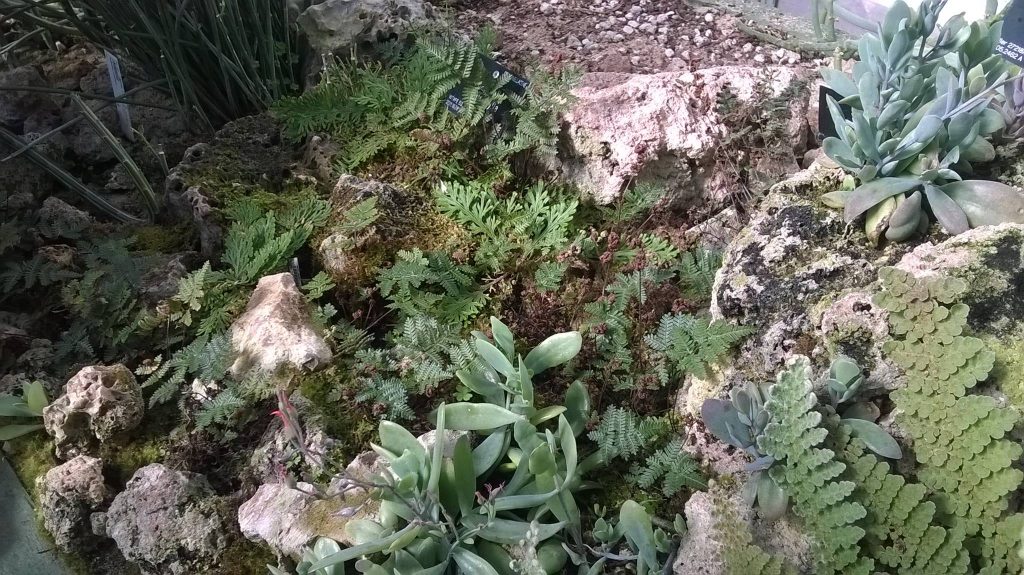
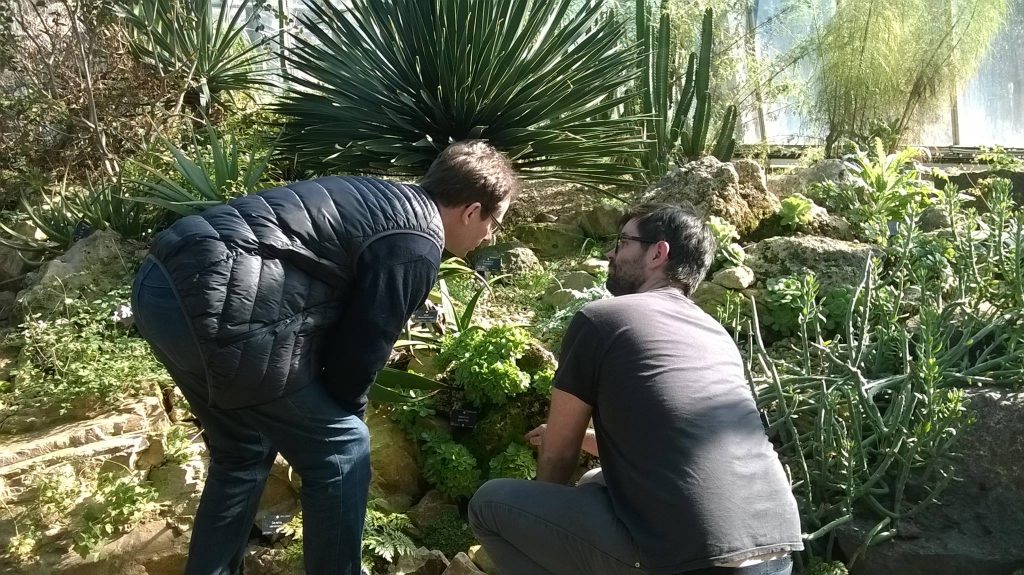
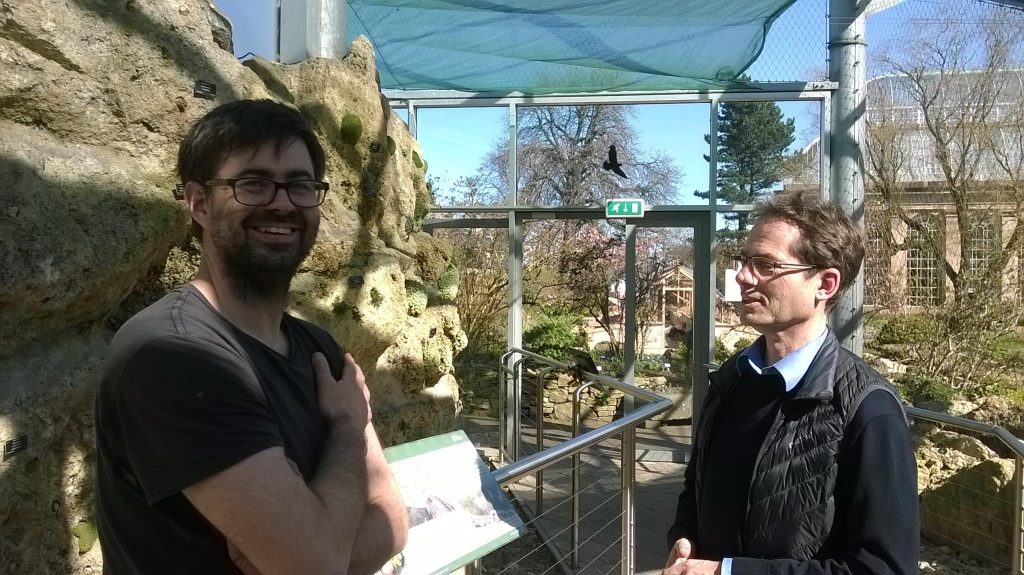
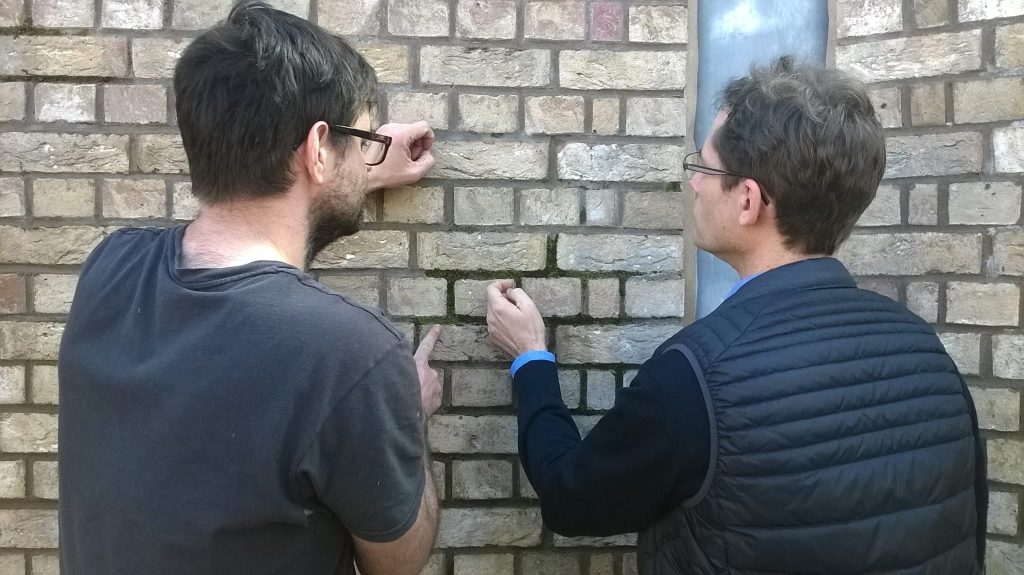
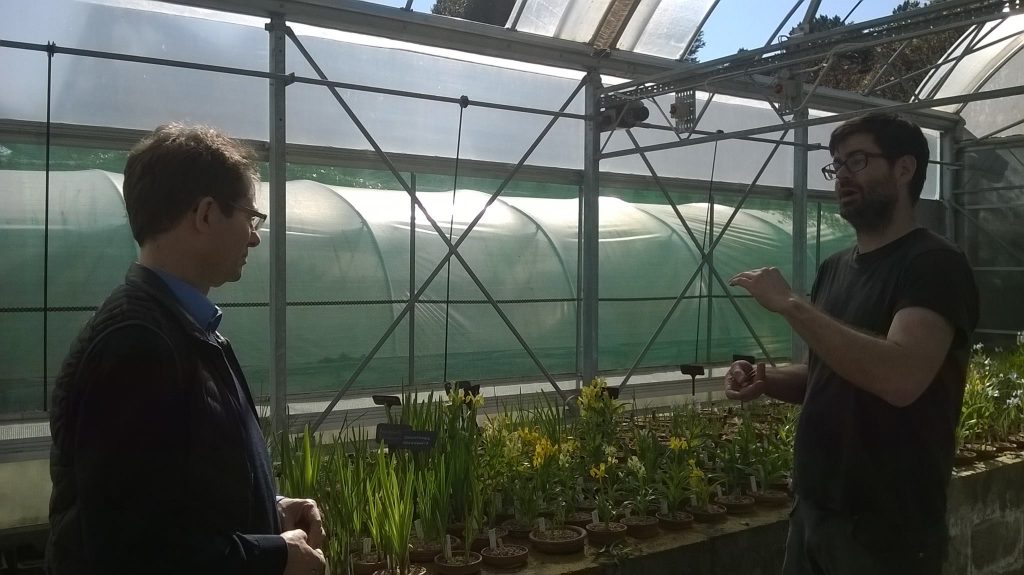
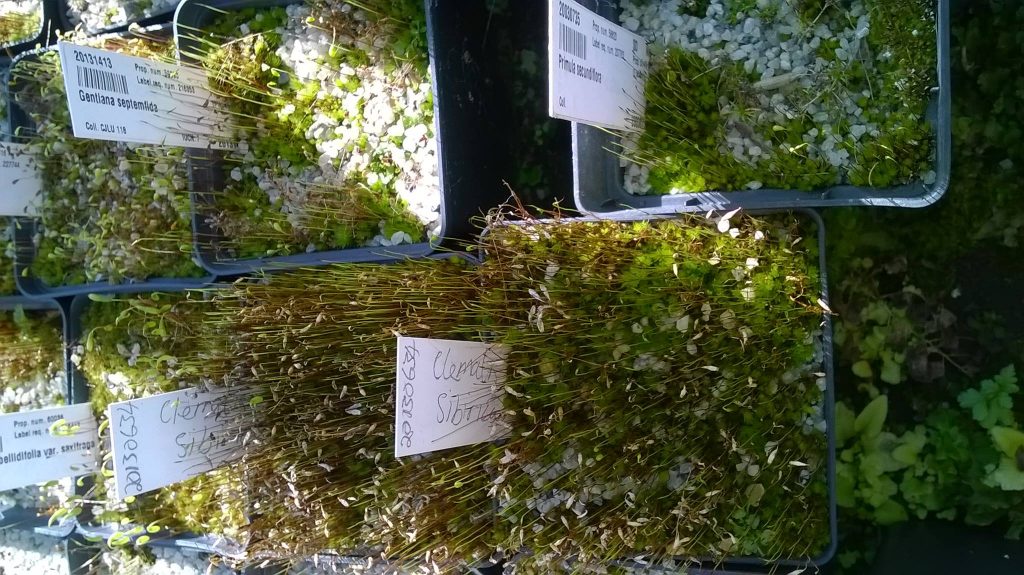
DAVID LONG
Looks like Leptobryum pyriforme in the alpine frames